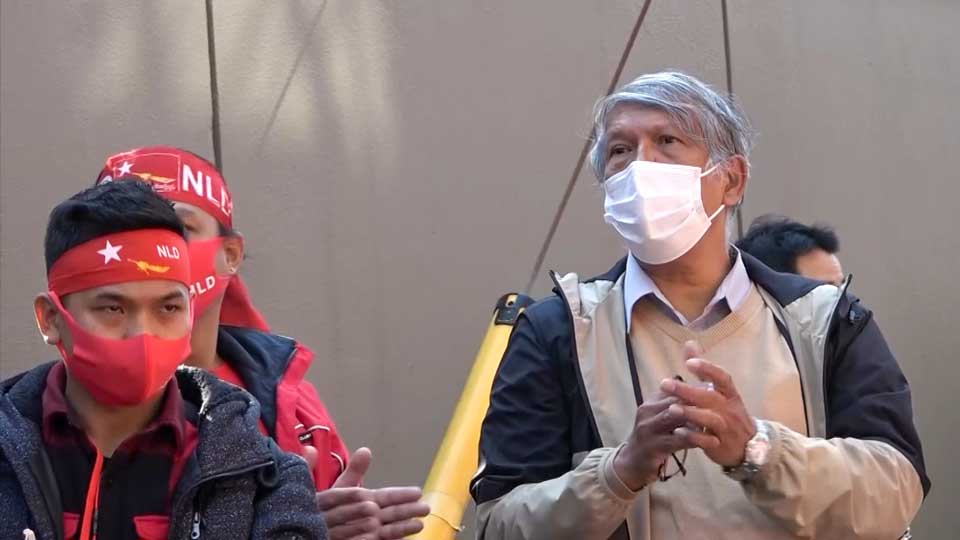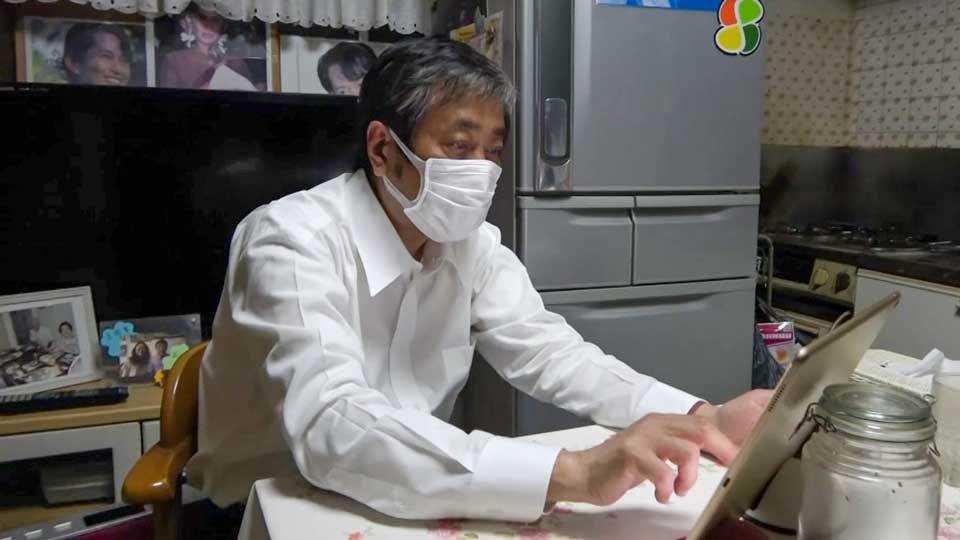Two generations, one goal
Than Swe, 60, witnessed the democracy uprising and military crackdown in 1988 when he was a geology lecturer at a university in Yangon. He supported the young activists but, worried that he would be detained as a result, fled to Japan the following year.
Than Swe's generation used to sing a song calling for democracy whenever they took to the streets. It has become a classic with a timeless message – and has been adopted by the protesters of today.
"They're born after 1988 and didn't experience the pro-democracy movement back then," says Than Swe. "But we will win. With their strength, we will get our democracy back in the end."

For decades, Than Swe hoped nobody else would have to endure what he went through. He wants Myanmar's young citizens to act, but also think carefully. His advice to them is that it's hard to change politics with just passion. He says patience and tactics also part of the equation.
"I knew it was going to be a long road, but I want to have faith in the power of today's younger generation. We cannot stop until the people of Myanmar regain their democracy," he says.
Digital resistance
Win Kyaw also fled to Japan in 1989. After February's coup, the 56-year-old felt compelled to act. He's joined Myanmar's young protesters to use social media to fight back.
The military is taking increasing control of the internet in Myanmar. Between February and April, it shut down services every night, and even restricted mobile networks. But not in Japan. Win Kyaw sees it as an opportunity to put his screen time to better use.
He says in his day, "it was violence – we fought with guns''. But now, "it's more like cyber war."

In late February, a funeral was held in the city of Naypyidaw for a protestor, Mya The The Khaing, who was shot in the head and died on February 9. She was due to celebrate her 20th birthday the following day. Initial reports stated she was hit by a rubber bullet. But eyewitnesses said it was a live round.
Win Kyaw decided to take advantage of his freedom and investigate online. He gathered information by sharing photos and videos with young people from Myanmar living around the world. He found some digital forensics enthusiasts among them who are keen to help.
Win Kyaw matched a picture of a helmet he received via social media with a video of the moment the shooting took place. The helmet was exactly like the one worn by Mya The The Khaing, and had a bullet hole.
He and his online sleuths also obtained a photo that shows a police officer brandishing a gun. They are trying to determine if this officer was the person who fired the fatal round.
Watch Video 09:32
More than 750 people have been killed during the ongoing protests, and the situation shows no signs of improving. Win Kyaw hopes that eventually, his work will be presented as evidence at an international tribunal.
"The military has forgotten that it's 2021," he says. "They live within the limits of their organization and aren't aware of what's happening in the rest of the world."

